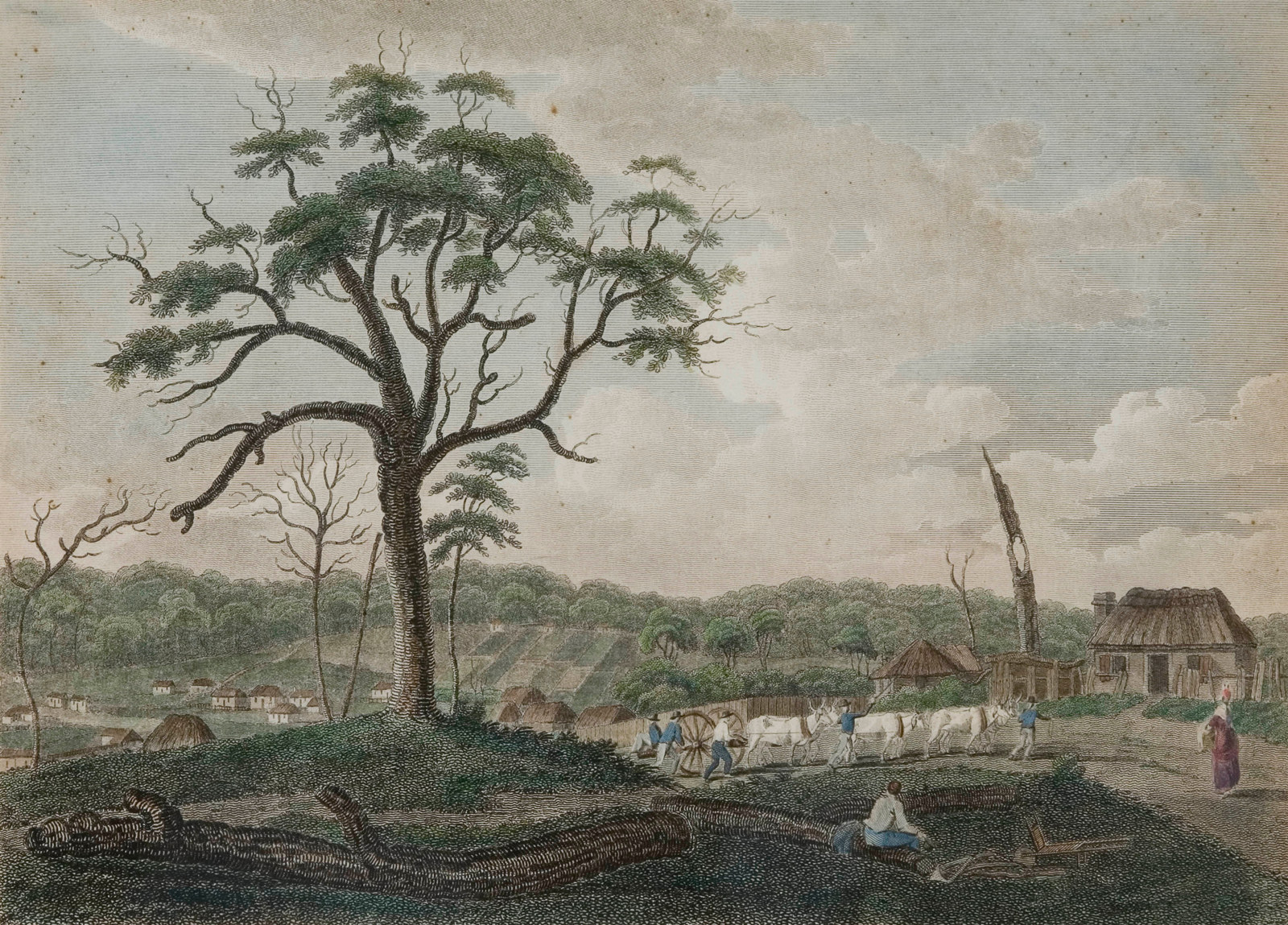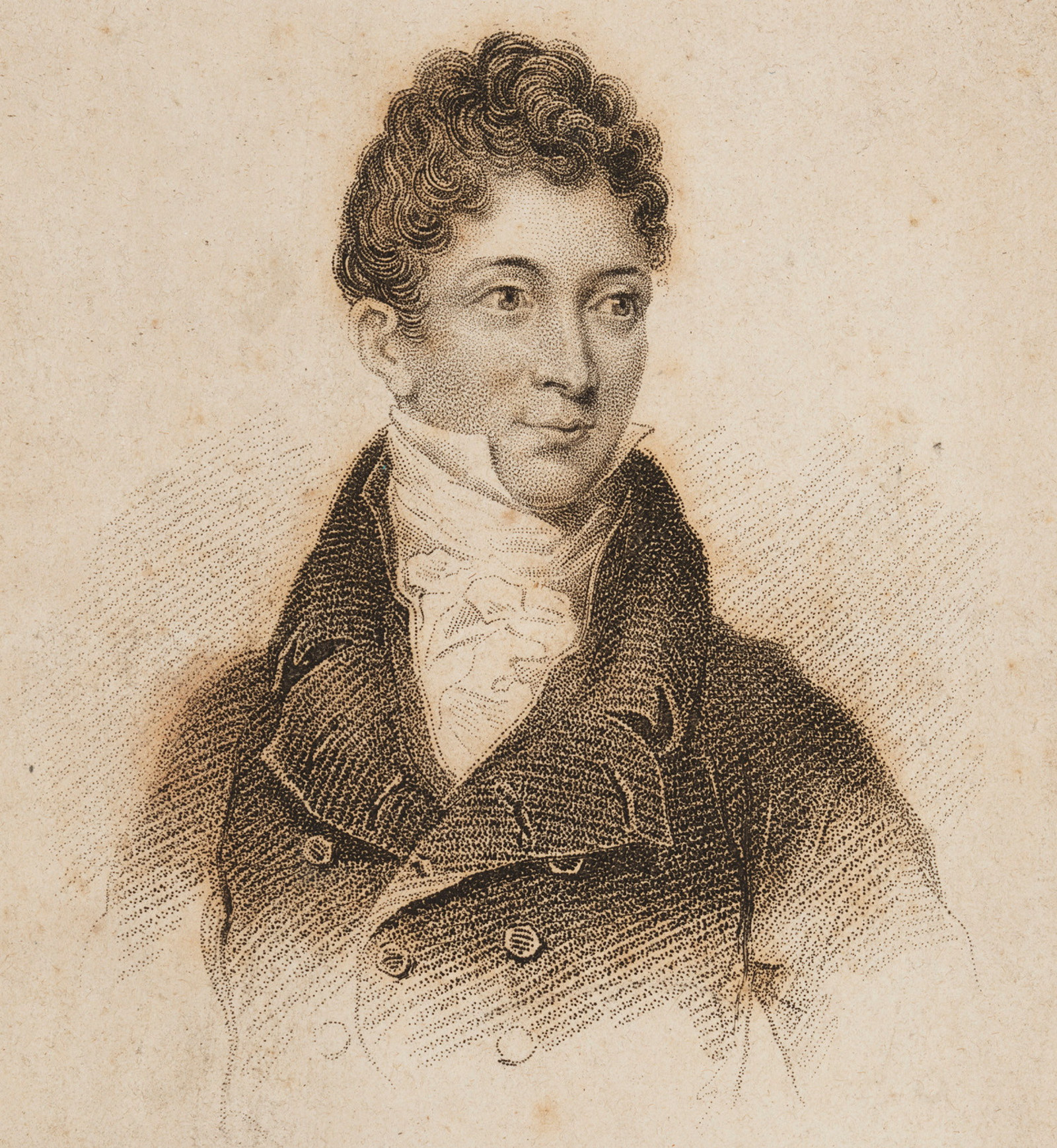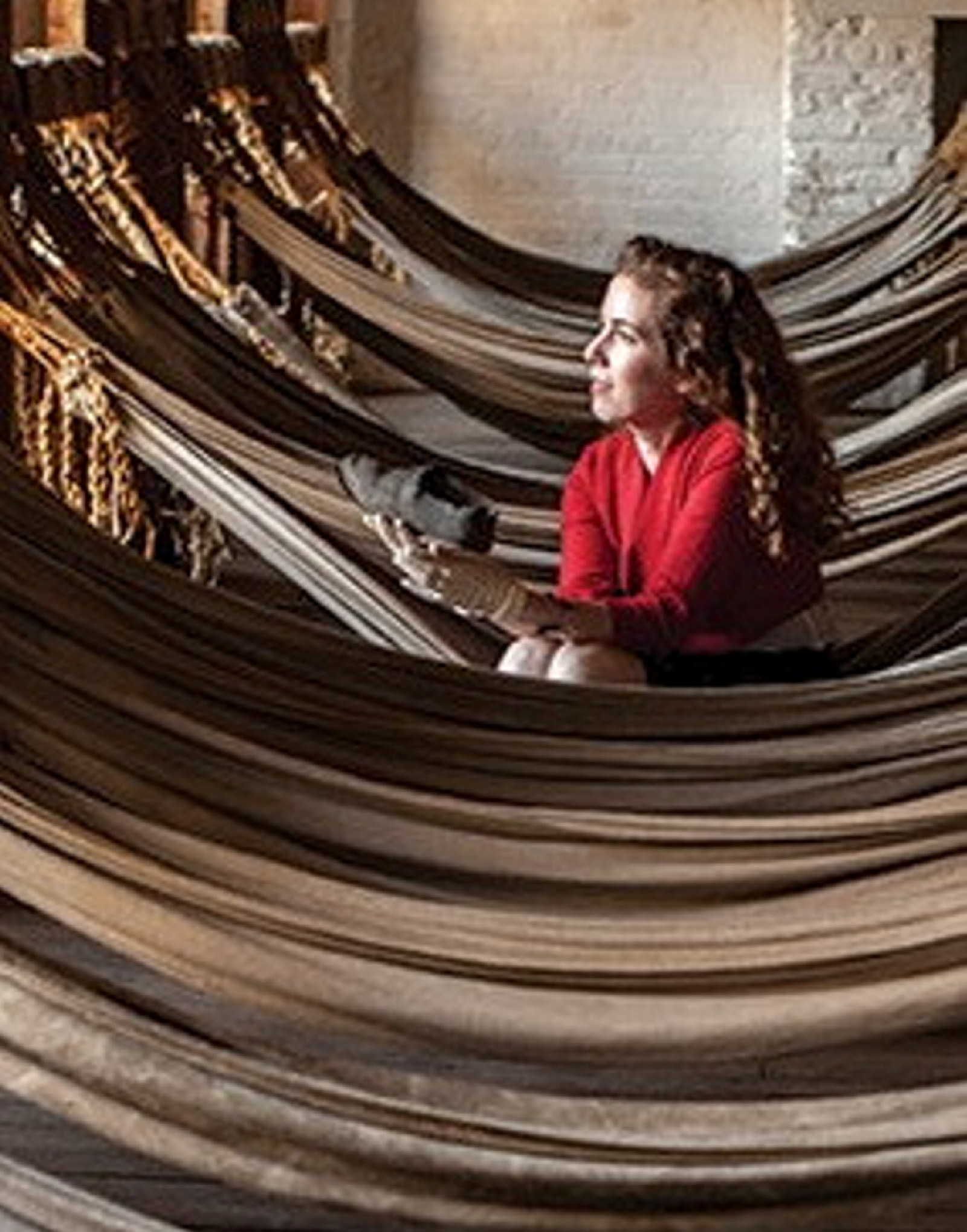William Dawes
Marine, astronomer, engineer
Arrived free 1788 on the Sirius
Miniature oil painting of Lieutenant William Dawes, 1830s, artist unknown Tasmanian Museum and Art GalleryOfficer of marines, scientist, astronomer, engineer, surveyor, teacher and administrator, William Dawes was the eldest son of Benjamin Dawes, clerk of works in the Ordnance Office at Portsmouth, England. Wounded in battle against the French off Chesapeake Bay, he later volunteered for service with the First Fleet to New South Wales.
A competent astronomer, Dawes was supplied with instruments and books to record the sighting of a comet expected in 1788. From March 1788 he was employed ashore as engineer and surveyor and shortly after commenced work on an observatory on the headland overlooking Sydney Cove, now Dawes Point. Unfortunately the comet did not appear. In the meantime, Dawes focused his attention on the local Aboriginal people and made detailed written records of their language and traditions.
His engineering efforts included the design of batteries to protect Sydney Cove, the establishment of a government farm, and the first streets and allotments in Sydney and Parramatta. In December 1789, with the governor’s approval, Dawes led a party into the Blue Mountains across the Nepean River, penetrating only 15 miles (24 kilometres) in three days because of precipitous ravines. With Watkin Tench he trekked through the upper Nepean, plotting the way to the Cowpastures.
Approval for his appointment as engineer was received in October 1791 but, since the marines had been ordered home, Governor Arthur Phillip offered him a position as an ensign in the New South Wales Corps, and imposed the condition that Dawes apologise for his conduct on two matters. The first was his purchase of flour from a convict which Phillip claimed was part of the man’s rations, and therefore he was not allowed to trade, though Dawes maintained it was the man’s earned property. The second occurred in December 1790 when Dawes refused to join a punitive expedition against Aboriginal people in reprisal for the fatal wounding of the governor’s gamekeeper. As such, Dawes is the first European on record to defend Aboriginal rights.
Dawes refused to apologise and, despite his wish to remain and settle in New South Wales, he sailed for England in December 1791. Unfortunately, successive requests on his part to return to Sydney were declined, leaving his deep commitment to the colony and his scholarly and personal interest in its Aboriginal people unrealised.
Related

Convict Sydney
The Convicts’ Colony
Part one starts in 1788 with Sydney established as a British convict colony on the clan lands of the Gadigal people
Published on
Convict Sydney
Browse all
Convict Sydney
James Hardy Vaux
Some convicts were transported more than once. Vaux was sent to the colony three times, each time arriving under a different name

Convict Sydney
1801 - Day in the life of a convict
In the young colony, there was no prisoner’s barrack - the bush and sea were the walls of the convicts’ prison

Convict Sydney
The Governor's Domain
The settlement of Sydney was less than a year old when an experimental crop of corn was planted on the banks of a freshwater creek flowing into a little cove to the east called Woccanmagully, soon to be renamed Farm Cove

Convict Sydney
Why Sydney
No-one knows for sure why Britain chose Sydney to send convicts to, or exactly what they wanted from the colony. There is no clear answer, only competing theories
